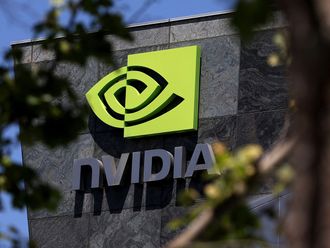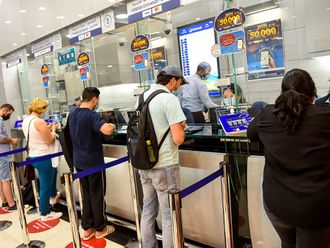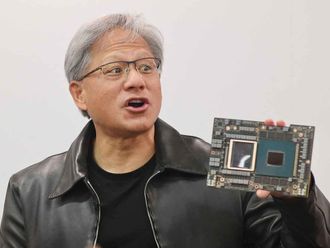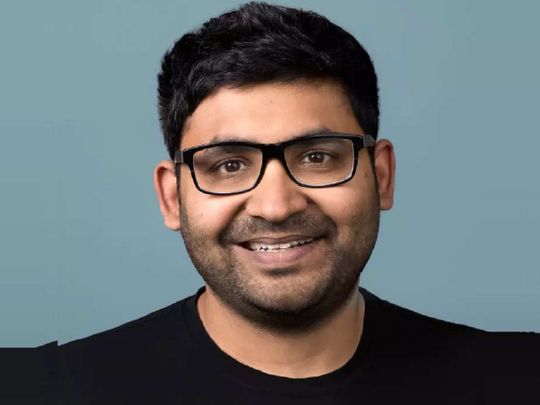
On Thursday, Elon Musk – the world’s richest man – became the owner of Twitter. Following 7 months of public back-and-forth, a suit, the brink of going on trial and volatility of Twitter and Tesla stocks, the billionaire walked into the Twitter headquarters on Wednesday with a porcelain sink.
He subsequently tweeted “let that sink in.” He changed his description in his Twitter profile to “Chief Twit.”
Musk did not wait long to start the process on what he had reportedly promised investors – to restructure Twitter entirely and cut 75 per cent of the staff. First to go, Reuters reported, were Twitter Chief Executive Parag Agrawal, Chief Financial Officer Ned Segal and legal affairs and policy chief Vijaya Gadde, according to people familiar with the matter. He had accused them of misleading him and Twitter investors over the number of fake accounts on the social media platform.
Agrawal and Segal were in Twitter’s San Francisco headquarters when the deal closed and were escorted out, the sources added.
Biz Stone, Co-founder of Twitter, posted on Friday: “Thank you @paraga, @vijaya and @nedsegal for the collective contribution to Twitter. Massive talents, all, and beautiful humans each!”
Fired with millions in payouts
According to Insider, the former Indian-origin CEO is set to receive the largest payout of $38.7 million, largely due “to the entirety of his shares vesting upon his firing”. Twitter’s chief financial officer Ned Segal, is set to receive $25.4 million and Vijaya Gadde, the chief legal officer, will be richer by $12.5 million after firing.
Sarah Personette, the chief customer officer, would get $11.2 million.
Private clashes
Musk privately clashed with Agrawal in April, immediately before deciding to make a bid for the company, according to text messages later revealed in court filings.
About the same time, he used Twitter to criticize Gadde, the company’s top lawyer. His tweets were followed by a wave of harassment of Gadde from other Twitter accounts. For Gadde, an 11-year Twitter employee who also heads public policy and safety, the harassment included racist and misogynistic attacks, in addition to calls for Musk to fire her. On Thursday, after she was fired, the harassing tweets lit up once again.
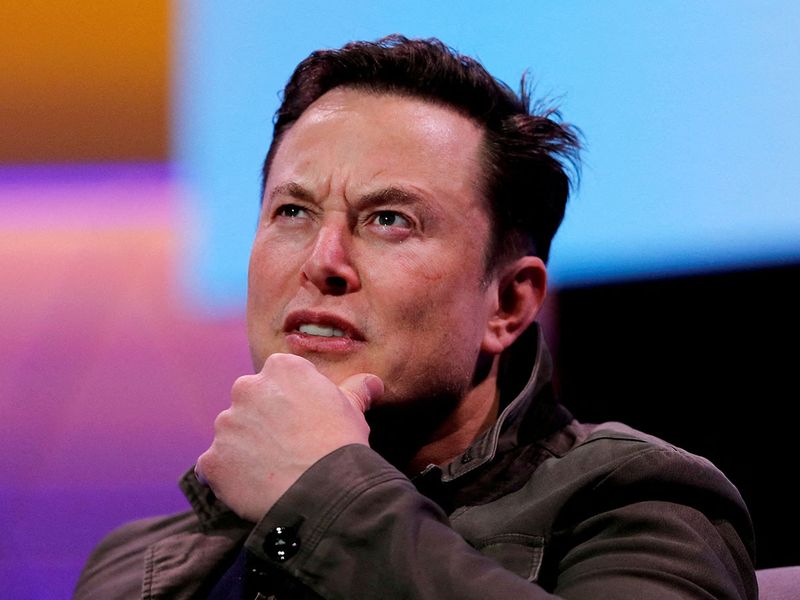
What’s next for Twitter
Buying Twitter is an accelerant to creating X, the everything app,” Musk tweeted earlier this month.
The idea of an everything app, also referred to as a super app, originated in Asia with companies like WeChat, which lets users not only send messages but also make payments, shop online or hail a taxi. The all-in-one service appealed to users who had fewer choices in a region where Google, Facebook and others were blocked.
Musk told investors he plans to build one that will sell premium subscriptions to reduce reliance on ads, allow content creators to make money and enable payments, according to a source briefed on the matter.
Super-app barriers
There are no super-apps in the United States because the barrier is high and there are app choices aplenty, said Scott Galloway, co-host of tech podcast Pivot and a professor of marketing at New York University.
Apple Inc and Alphabet Inc’s Google, which control the app stores on iPhones and Android phones, see themselves as super apps and would be unlikely to allow other super apps to develop, Galloway said. Consider Apple’s recent rejection of Spotify’s plan to sell audiobooks as one example of barriers to entry.
Adding payments, which generally require identity verification, could complicate a service which has allowed anonymity to flourish, making Twitter a powerful tool for political activism in hostile environments, said Jason Goldman, a former Twitter board member.
“It’s not possible at this point in the evolution of the mobile internet,” Goldman added.
Spam bots, hate speech, helping humanity
The CEO of electric car maker Tesla Inc has, however, also said he wants to prevent the platform from becoming an echo chamber for hate and division.
Other goals include wanting to “defeat” spam bots on Twitter and make the algorithms that determine how content is presented to its users publicly available.
Yet Musk has not offered details on how he will achieve all this and who will run the company. He has said he plans to cut jobs, leaving Twitter’s approximately 7,500 employees fretting about their future. He also said on Thursday he did not buy Twitter to make more money but “to try to help humanity, whom I love.”
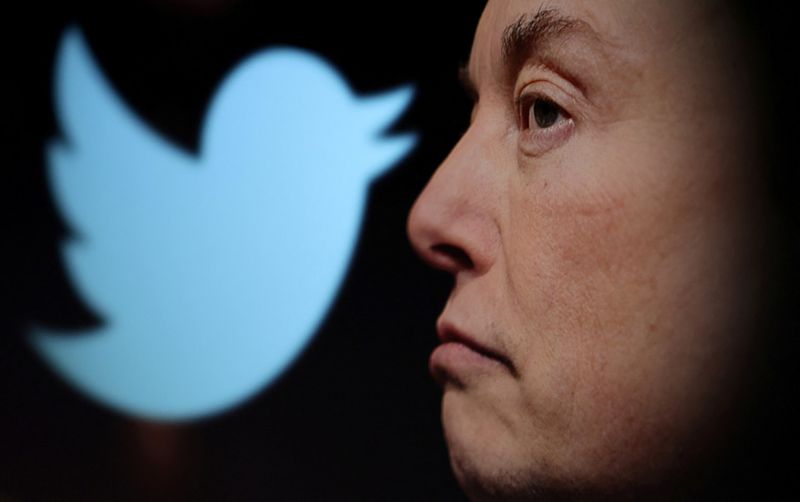
Fears and risks
Current and former employees who spoke with Reuters said Musk’s plans to lower the guard rails that are common across all social media platforms would lead to a deluge of hateful, harmful and potentially illegal content on Twitter. Already, it has struggled with identifying and removing child porn.
Members of Twitter’s trust and safety team, which includes content moderators, are expected to be among Musk’s deepest job cuts, employees fear.
“Imagine a world where all those people are gone,” one employee said. “It’s going to be a hellscape.”
Advertisers skeptical
Musk tweeted “I hate advertising.”
On the eve of the deal’s expected closing, he appealed directly to advertisers in an open-letter tweet: “Twitter obviously cannot become a free-for-all hellscape, where anything can be said with no consequences!... Twitter aspires to be the most respected advertising platform in the world that strengthens your brand and grows your enterprise.” Advertisers are not buying it.
They point to Musk’s plan to reinstate the account of former US President Donald Trump as a major impediment to spending money on Twitter. Twitter permanently suspended Trump for risk of further incitement of violence after the January 6, 2021, attack on the U.S. Capitol.
Welcoming back Trump could alienate moderate and liberal-leaning users, and as a result push away major household brands who aim to market products and appeal to people across the political spectrum, said Mark DiMassimo, founder of ad agency DiMassimo Goldstein.
Until Musk finds new sources of revenue, he can’t afford to trigger a backlash from a group that contributes 90 per cent of Twitter’s revenue.
Events leading up to Musk’s ownership
It all began on April 4, when Musk disclosed a 9.2 per cent stake in the company, making him its largest shareholder. Musk reportedly laid the groundwork for the deal, and started buying up Twitter stock as early as January. Twitter quickly offered him a seat on the board, provided he kept his stake under 15 per cent.
Musk, however, after initially accepting the board position rejected it. CEO Agrawal posted the update on Twitter on April 11.
Just days later, Musk made an offer – he would take over the company for $54.20 per share, for a total of $43 billion. Over the course of just one weekend later in April, the two sides reached a deal at the price he suggested. This happened without Musk carrying out any due diligence on the company’s confidential information, as is customary in an acquisition.
‘Buyer’s remorse’
In the weeks that followed, Musk had second thoughts. He complained publicly that he believed Twitter’s spam accounts were significantly higher than Twitter’s estimate, published in regulatory filings, of less than 5 per cent of its monetisable daily active users. His lawyers then accused Twitter of not complying with his requests for information on the subject.
On July 8, Musk gave notice that he was terminating their deal on the grounds that Twitter misled him about the bots and did not cooperate with him. Four days later, Twitter sued Musk in Delaware, where the company is incorporated, to force him to complete the deal.
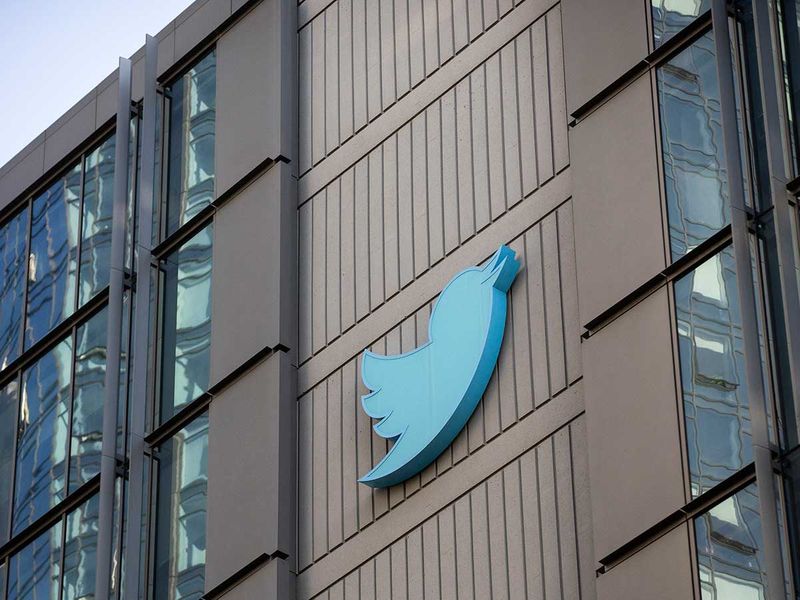
By then, shares of social media companies and the broader stock market had plunged on concerns that the Federal Reserve’s interest rate hikes, as it seeks to fight inflation, will push the U.S. economy into recession. Twitter accused Musk of buyer’s remorse, arguing he wanted to get out of the deal because he thought he overpaid.
On October 4, just as Musk was set to be deposed by Twitter’s lawyers ahead of the start of their trial later in the month, he performed another u-turn and offered to complete the deal as promised. He managed to do that, just one day ahead of an Oct. 28 deadline given by the Delaware judge to avoid going to trial.
Twitter shares ended trade on Thursday in New York up 0.3 per cent at $53.86, a small discount to the $54.20 per share deal price.
The stock will be delisted from the New York Stock Exchange on Friday.
- Inputs from agencies



